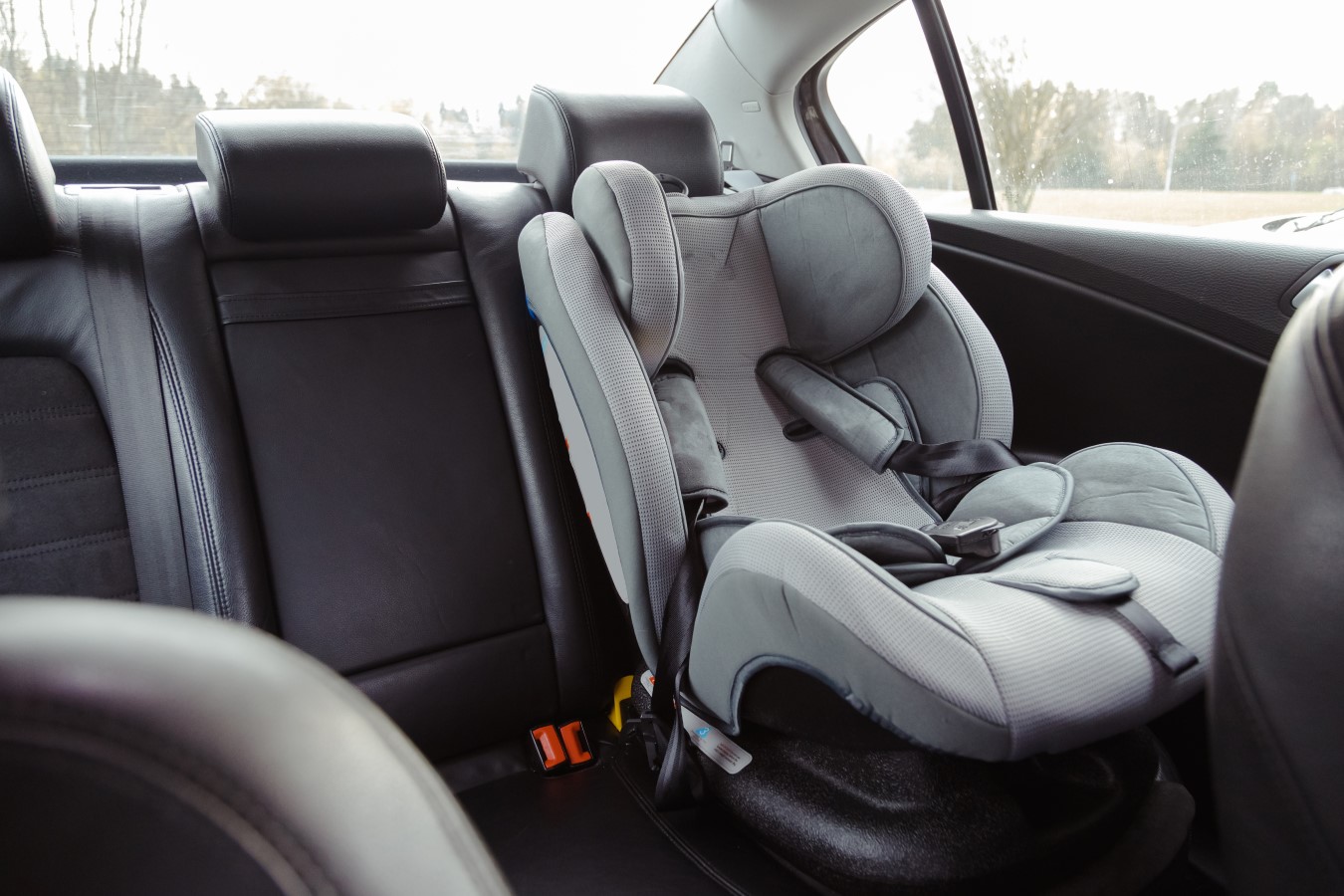While the calendar has turned to fall, hot cars still pose a deadly risk to children. Heatstroke deaths have happened when outside temperatures were as low as 57 degrees. Unfortunately, pediatric vehicular heatstroke is the leading cause of non-crash, vehicle-related deaths for children, with more than 950 children lost tragically over the past 25 years.
As city leaders, you can make a difference by spreading the word about the risks hot cars pose to children. Whether that’s through social media, awareness or earned media events, you can educate your community about how they can help stop these heartbreaking, preventable tragedies.
- Download a free flyer, window cling, or tip card to distribute to caregivers from NHTSA’s Traffic Safety Marketing. These can also be posted at entrances and exits of public buildings, especially city facilities and schools.
- NHTSA advertisements on community radio or television outlets; go to NHTSA’s Traffic Safety Marking site for a sample press release.
- Plan a social media campaign throughout warm weather months, use pre-written posts from NHTSA’s heatstroke campaign; include outreach events for next year’s National Heatstroke Prevention Day on May 1.
- Build a network of safety advocates in your community; for example, the Texas Heatstroke Task Force brings together 165 Texas cities and 481 members to conduct heatstroke education and outreach activities throughout the state. To learn more about the task force, visit them on Facebook or their website.
- Use outdoor signage and billboard opportunities in your community; artwork can be downloaded from the Traffic Safety Marketing website.
Heatstroke in children can happen when children are forgotten in the backseat by a parent or caregiver, when children gain access to a vehicle and are unable to escape, or when they are knowingly left by a parent or caregiver. Nearly half of the time children are forgotten when they are on their way to childcare or school.
Pediatric vehicular heatstroke is the leading cause of non-crash, vehicle-related deaths for children, with more than 950 children lost tragically over the past 25 years.
About 26 percent of hot car deaths happen when children gain access or get into a vehicle and then become trapped and are unable to get out. Often, they are playing a game or looking for a quiet place to play.
Some parents or caregivers choose to leave their children in a vehicle thinking that they only need to run a quick errand, but a vehicle interior can heat up to dangerous levels in only ten minutes.
Here are some tips that you can use to educate parents, caregivers, and bystanders to prevent hot car deaths:
- Keep your vehicle locked, regardless of whether you have children. More than a quarter of heatstroke deaths happened after children became trapped in unlocked cars. Remember to lock all doors and store keys and fobs out of reach and teach children not to play in cars.
- Never leave children unattended in a parked car. It’s not safe for any length of time.
- Always look in the backseat before and after children drop off. Here’s a tip: leave your cell phone, purse or briefcase, work badge or other critical item on the backseat so you’ll have to check the backseat.
- If a bystander spots children in a locked car, call 911 and get help immediately.
Help NHTSA put an end to this tragedy once and for all. For more information on pediatric vehicular heatstroke, visit www.nhtsa.gov/campaign/heatstroke. For current data, visit noheatstroke.org.








